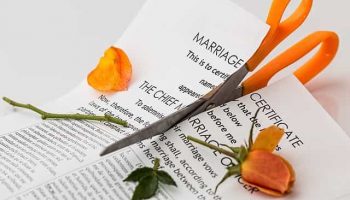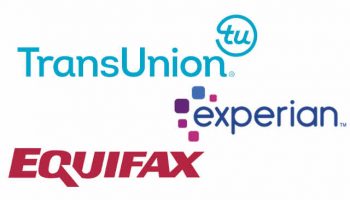Whether you are retiring or changing jobs, you need to know what to do with your employer sponsored retirement plan before your leave. Once you leave a job for whatever reason, you can choose to:
- Rollover the money into an IRA (ira rollover)
- Take the lump sum and pay the income tax and potential penalties
- Leave the money at the company if the company offers that as an option
- Rollover the money into your new employer’s plan, if that plan accepts rollovers
So the starting point is to get the information from your employer plan as to the options available to you.
What is an IRA Rollover?
IRA rollover means to move money from a retirement plan such as a 401(k), 403b (tax sheltered annuity) or 457 (municipal deferred compensation) into an IRA or other plan. If you receive a payout from your employer-sponsored retirement plan, a rollover IRA could be to your advantage. You will continue to receive the tax-deferred status of your retirement savings and will avoid penalties and taxes.
There are two reasons that rollovers are favored over other options:
- You have virtually unlimited investment selections. Unlike your employer’s plan which may have six investment options or even 50 investment options, in a self-directed IRA, you can choose any stock, any mutual fund and a host of other options listed later.
- Company plans often can restrict choices for non-spouse beneficiaries. Specifically, they may not be able to stretch IRA distributions over their lifetime. The benefit of this “stretch” is it defers taxes and allows the funds to potentially grow longer and larger in a tax-deferred environment.
The reason to leave your retirement plan with your company (if they permit this) is because your company plan is covered by ERISA and is protected from creditors. However, under the new Bankruptcy Abuse Prevention and Consumer Protection Act of 2005, the creditor protection will follow the money if it is rolled into an IRA and not commingled with other IRA money (from annual contributions).
Combining with Other Retirement Accounts
The rollover IRA is usually funded by the eligible distributions from a company sponsored retirement plan. These distributions can be combined with your existing IRA(s) or placed into a separate IRA, but see the new creditor protection rule mentioned above. In fact, the IRS permits these funds to be combined with other types of retirement accounts. For example, say you have been self- employed and you have a one-person profit sharing plan (often referred to as Keogh plans), you could rollover the employer-plan assets into your profit sharing plan. Or, if you have a second job and that employer has a 403(b) plan and also accepts IRA rollover contributions, you could rollover your 401(k) balance into that 403(b) plan.
Completing your IRA Rollover
When it’s time to retire, you have a few options on moving the money from your employer’s plan.
Direct IRA Rollover:Your employer can directly rollover your retirement plan payout into a Rollover IRA and you will avoid the 20% IRS withholding tax. This is exactly what you should do by providing your employer the name, address and account number for your new Rollover IRA custodian. For example, you give your employer instructions to send your retirement account to ABC securities, account #8889999. Funds are sent directly to the IRA account and you never touch them. This is the preferred method of moving retirement funds.
Payout by Check: If your employer hands you a check for your retirement funds, the employer must withhold 20% for potential taxes. You can avoid the 20% IRS withholding tax on a payout by check from your employer if you deposit the check plus 20% into a rollover IRA within 60 days. In order to complete the tax free rollover, you now have 80% of your IRA rollover in your hand and you must take the other 20% out of your pocket so that you have a completely tax free rollover (you will get the 20% income tax withheld as a refund after you file your tax return). Don’t allow your employer to give you a check, as this requires you to take money out of your pocket to complete your rollover.
Taking a lump sum distribution: This is typically not a wise option because you will pay income tax on the distribution and a 10% penalty if under age 59 ½. However, there may be reasons to take a taxable distribution. If you are set on buying a $300,000 boat and spending the rest of your life floating about the globe, then you may need to take your retirement funds now and pay tax. However, if you can avoid using these funds currently, you’ll hopefully have a nest egg when you’re old.





